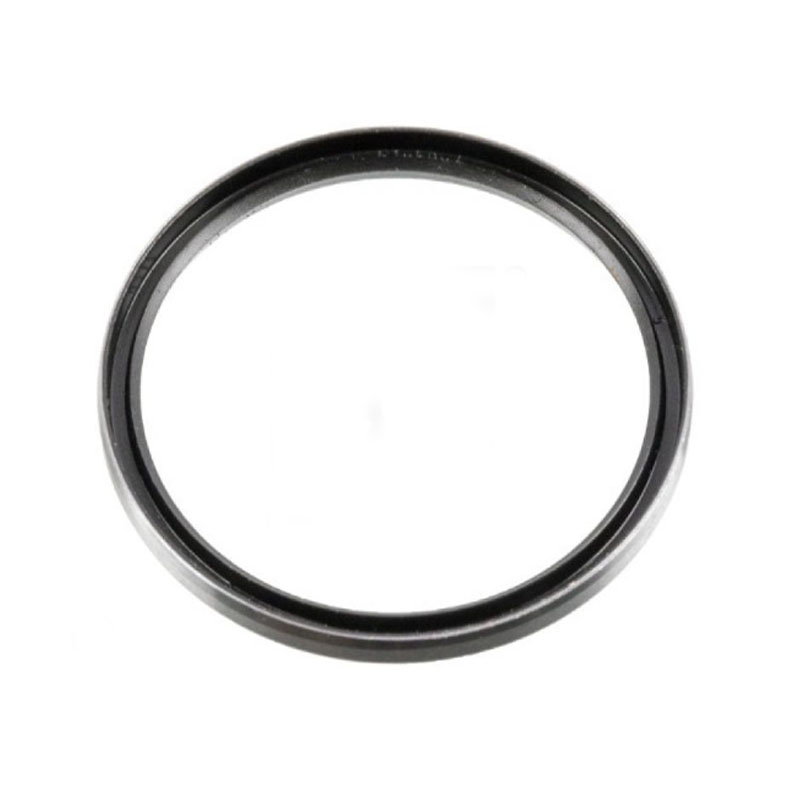Understanding the Importance of Drain Bolt Crush Washers in Automotive Maintenance and Repairs
Understanding Drain Bolt Crush Washers Importance and Functionality
In the realm of automotive maintenance and fluid management, the importance of utilizing the right components cannot be overstated. Among these components, the drain bolt crush washer, although often overlooked, plays a critical role in ensuring the efficiency and longevity of various systems. This article delves into the functionality, significance, and best practices associated with drain bolt crush washers.
What is a Drain Bolt Crush Washer?
A drain bolt crush washer, also known as a crush washer or sealing washer, is a type of gasket typically made from soft metals such as aluminum or copper. Its primary purpose is to create a seal around the drain plug or bolt, preventing leaks from fluids within systems such as engines, transmissions, and hydraulic systems. As the name implies, these washers are designed to crush slightly when tightened, allowing them to conform to the irregularities of the surfaces they seal.
Importance of Crush Washers
1. Leak Prevention The foremost function of a crush washer is to eliminate the possibility of leaks. Given that vehicles operate under various conditions, including vibration and temperature fluctuations, ensuring a leak-proof seal is essential for maintaining fluid levels. A compromised seal can lead to fluid loss, which can result in overheating, system failure, and costly repairs.
2. Material Compatibility Different fluids often require specific materials for effective sealing. For instance, oil, coolant, and transmission fluid may react differently with various metals. Using the correct crush washer tailored to the specific fluid type is vital to prevent chemical reactions that could degrade the washer and potentially lead to leaks.
3. Ease of Replacement Crush washers are relatively inexpensive and easy to replace. During routine maintenance, such as an oil change, it is advisable to replace the crush washer along with the drain bolt. This practice not only enhances the sealing capability but also mitigates the risk of damage to the drain plug, ensuring a secure fit over time.
drain bolt crush washer

Installation and Best Practices
To achieve optimal sealing with drain bolt crush washers, following the correct installation procedures is crucial.
- Surface Preparation Before installing a crush washer, ensure that both the drain plug and the surface of the oil pan or housing are clean and free of debris. This step is essential to provide a proper seat for the washer and avoid foreign particles that could compromise the seal.
- Proper Tightening While it may be tempting to overtighten the drain bolt to ensure a tight seal, excessive torque can deform the crush washer beyond its intended design, leading to a potential leak. It’s essential to use a torque wrench and follow the manufacturer's specifications for tightening, which usually provides a recommended torque setting.
- Replacement Frequency As a rule of thumb, always replace the crush washer whenever the drain bolt is removed. Regular maintenance checks should include visual inspections for any signs of leaks or wear on the crush washer.
Conclusion
Drain bolt crush washers may be small components, but their role in automotive and industrial applications is significant. By understanding their importance and adhering to best practices for installation and replacement, vehicle owners and technicians can ensure optimal performance and longevity of fluid systems. Taking these simple yet effective measures not only enhances safety but also contributes to the overall efficiency and reliability of machinery, ultimately saving time and money on repairs.
-
Simplifying Oil Changes: A Comprehensive Guide to Oil Drain Plugs and Their Variants
News Aug.04,2025
-
Mastering Oil Drain Maintenance: Solutions for Stripped, Worn, and Upgraded Oil Plugs
News Aug.04,2025
-
Fixing Oil Pan Plug Issues: Leaks, Stripped Nuts, and the Right Replacement Solutions
News Aug.04,2025
-
Everything You Need to Know About Oil Drain Plugs: Sizes, Fixes, and Upgrades
News Aug.04,2025
-
Choosing the Right Oil Drain Plug: A Guide to Sizes, Materials, and Drain Innovations
News Aug.04,2025
-
A Complete Guide to Automotive Drain Plugs: Types, Problems, and Innovative Solutions
News Aug.04,2025
-
The Ultimate Guide to Car Repair Kits: Tools and Essentials Every Driver Should Own
News Aug.01,2025
Products categories















